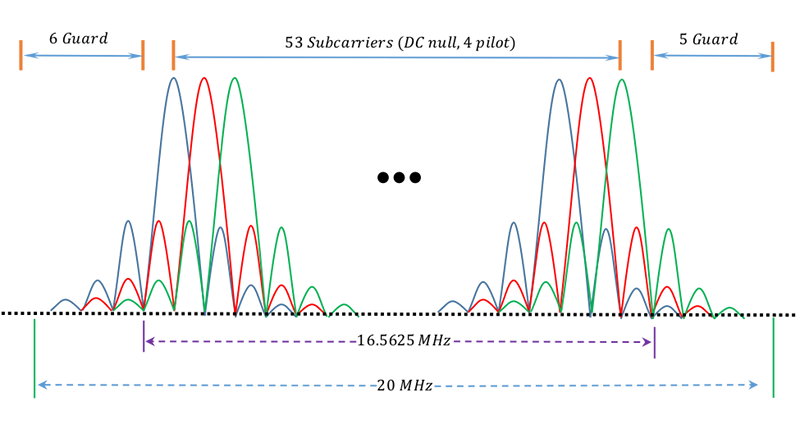We’ve seen plenty of examples of neural networks listening to speech, reading characters, or identifying images. KickView had a different idea. They wanted to learn to recognize radio signals (site down but archived). Not just any radio signals, but Orthogonal Frequency Division Multiplexing (OFDM) waveforms.
OFDM is a modulation method used by WiFi, cable systems, and many other systems. In particular, they look at an 802.11g signal with a bandwidth of 20 MHz. The question is, given a receiver for 802.11g, how can you reliably detect that an 802.11ac signal — up to 160 MHz — is using your channel? To demonstrate the technique, they decided to detect 20 MHz signals using a 5 MHz bandwidth.
Their answer was to create training data representing a limited bandwidth sample of the signals of interest. Then, using computer learning techniques, the system discovered how to detect signals of interest and reject the others. The results were quite good with detections well below the noise floor when using the full 20 MHz range. However, even at 5 MHz bandwidth, the results were pretty impressive.
This actually isn’t the first time we’ve seen a system that learns about RF signals. While it isn’t quite radio, we also think emulating Alan Turing is a pretty neat trick.















Isn’t 802.11g 2.4GHz only and 802.11ac 5GHz only so the two won’t even be aware of what each other are doing?
Hi,
You can have 11ac at 2.4GHz (256QAM at 40MHz bandwidth).
However, at 2.4GHz, there is no 80 or 160MHz channels.
This presumably helps routers to “choose” the quietest channel(s) autonomously.
It’s already implemented ! It’s called ACS for “automatic channel selection”. I don’t think this is the goal of their algorithm presented in the blog.
Actually the ACS is based on Free Air Time (how much traffic their is in the channel), noise floor, channel power capability etc..
It is just a plot by the NSA to discover who might be running unauthorized baby monitors!